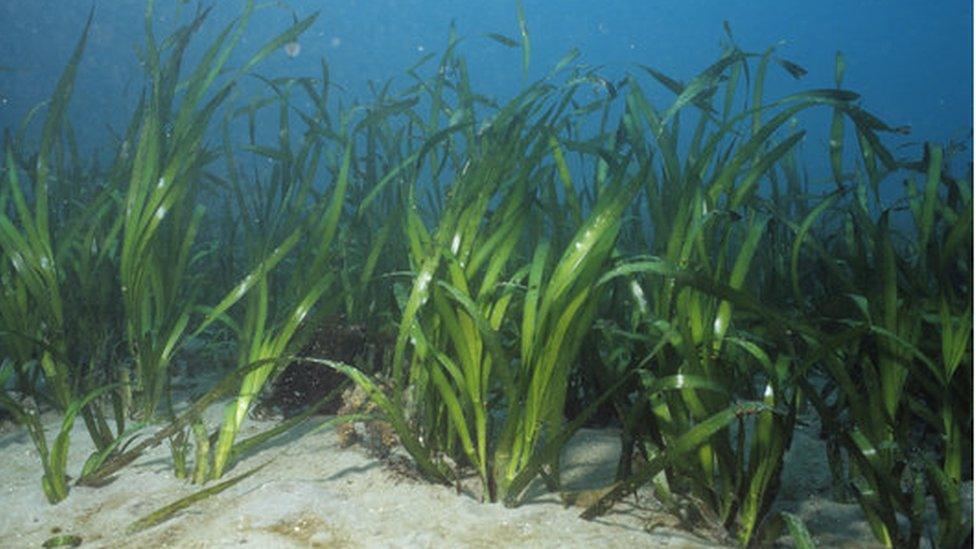Seagrass: UK's biggest restoration project planned off Wales
- Published

Seagrass has a vital role to play in the climate and nature crisis
The UK's biggest seagrass restoration projects is to take place off the coast of Wales.
Five million seagrass seeds are to be planted off the Llŷn Peninsula in Gwynedd and Anglesey, with the aim of creating 10 hectares (25 acres) of seagrass meadow by the end of 2026.
The Seagrass Ocean Rescue project is inviting communities to get involved.
It said a single hectare of seagrass meadow could harbour up to 80,000 fish and 100 million invertebrates.
The Welsh government has recognised protecting and restoring seagrass meadows in Wales as a priority.
The project is being managed by the World Wildlife Fund (WWF) in partnership with the Project Seagrass charity, Swansea University, North Wales Wildlife Trust and Pen Llŷn a'r Sarnau Special Area of Conservation.
Its aims include showing the benefits that community-engaged conversation can bring and reconnect people with the sea and coast on their doorstep.
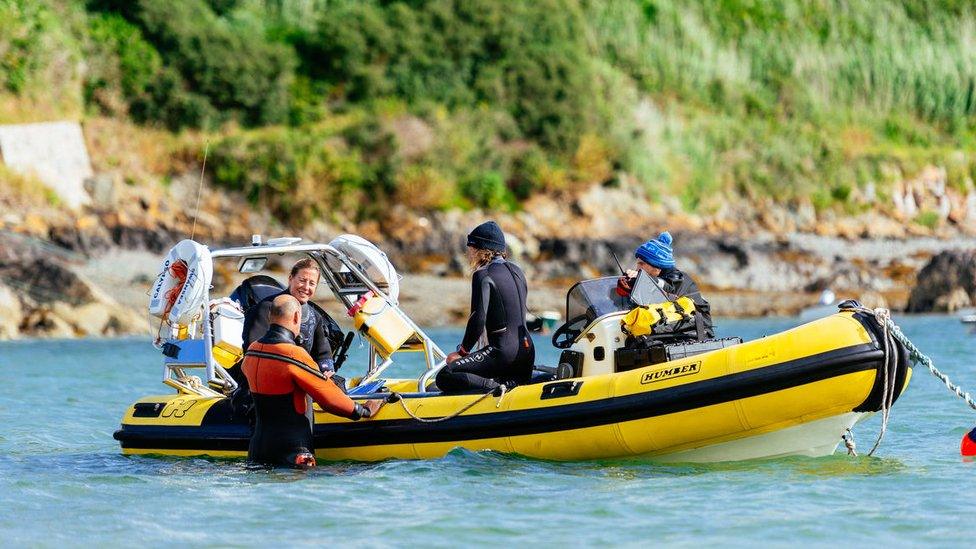
The project is the biggest restoration of seagrass in the UK, with the aim of creating 10 hectares of seagrass

What is seagrass?
Seagrass absorbs and stores carbon dioxide, and a single hectare of seagrass meadow can harbour up to 80,000 fish and 100 million invertebrates, according to Seagrass Ocean Rescue.
It could play a vital role in the response to the climate and nature crisis, and healthy meadows are critical for biodiversity.
They provide nursery grounds for commercially important fish, such as cod and plaice, and a habitat for a range of species, including octopus, seal and anemones.
It is also an important carbon sink as it draws carbon from the water through photosynthesis, stores it in its tissues and buries it in the seabed.

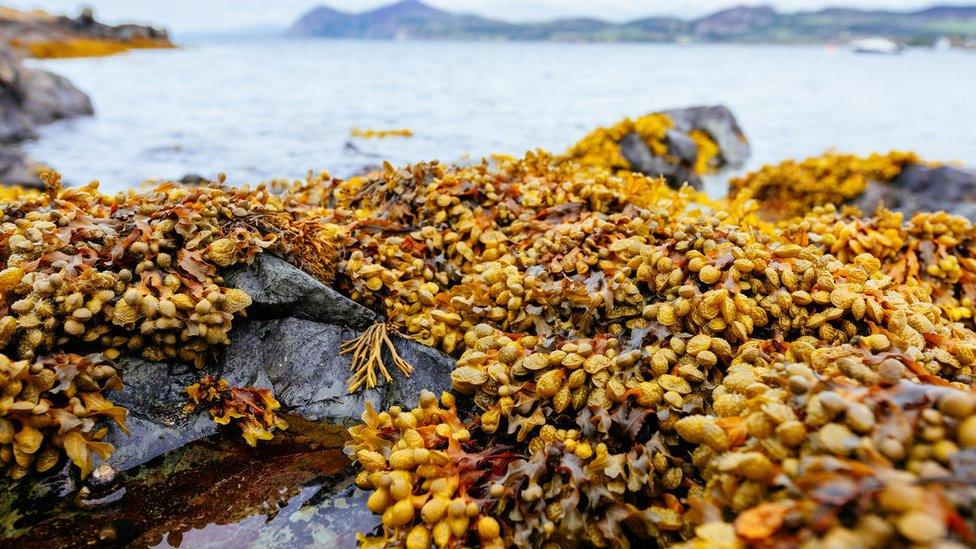
The Welsh government has recognised that protecting and restoring seagrass meadows in Wales is a priority
The UK has lost up to 92% of its seagrass in the last century.
Recent decline has been caused by issues such as pollution, coastal development, and damage from swinging chain moorings.
The project partners believe this scheme has a critical role in the large-scale restoration of seagrass in Wales.
Penny Nelson, from WWF Cymru, said: "Seagrass is a super plant that has incredible benefits for people, nature and climate, but it has all but disappeared from Welsh waters."
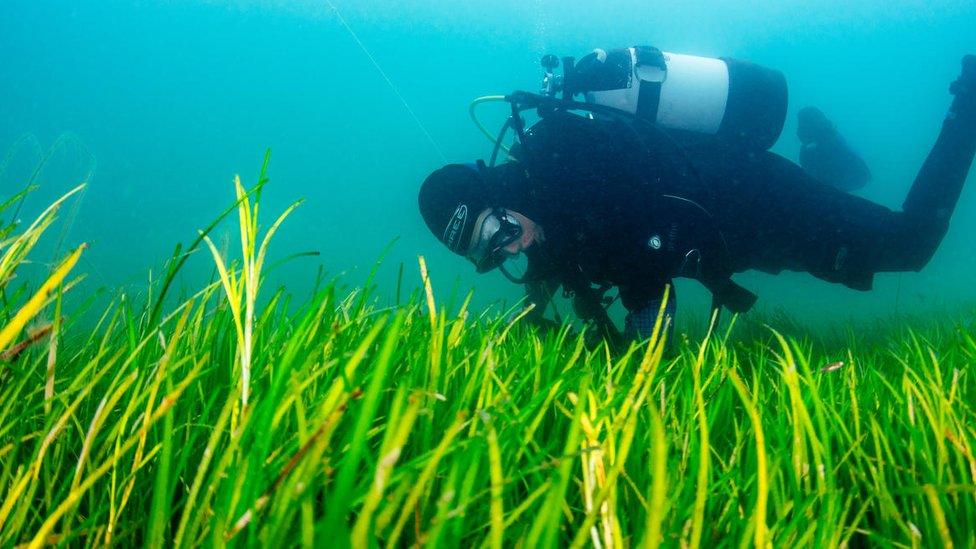
The UK has lost up to 92% of its seagrass in the last century
She added the project would make an important contribution to restoration efforts, but meadows must be restored at scale for them to be a powerful solution to the climate crisis.
Lead biologist on the project at Swansea University, and director of Project Seagrass, Dr Richard Unsworth said it was critical to restore and protect seagrass meadows.
"We know from existing projects and extensive trials that restoration is possible, and are working collaboratively on technology to make it easier to restore at scale," he added.

TRAPPED UNDER THE GROUND: The remarkable 54-hour-long rescue of George Linnane
IOLO: A WILD LIFE: Iolo delves into the archives from the past 25 years

- Published13 March 2021
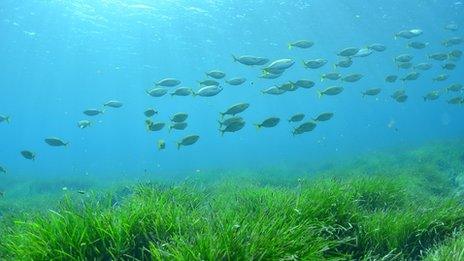
- Published10 March 2020

- Published4 September 2019
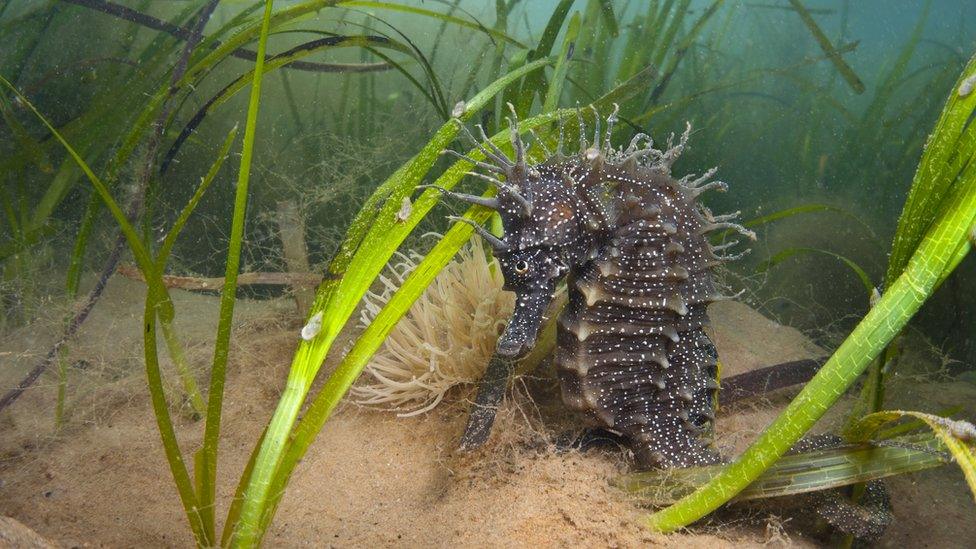
- Published21 May 2018

- Published13 January 2016
